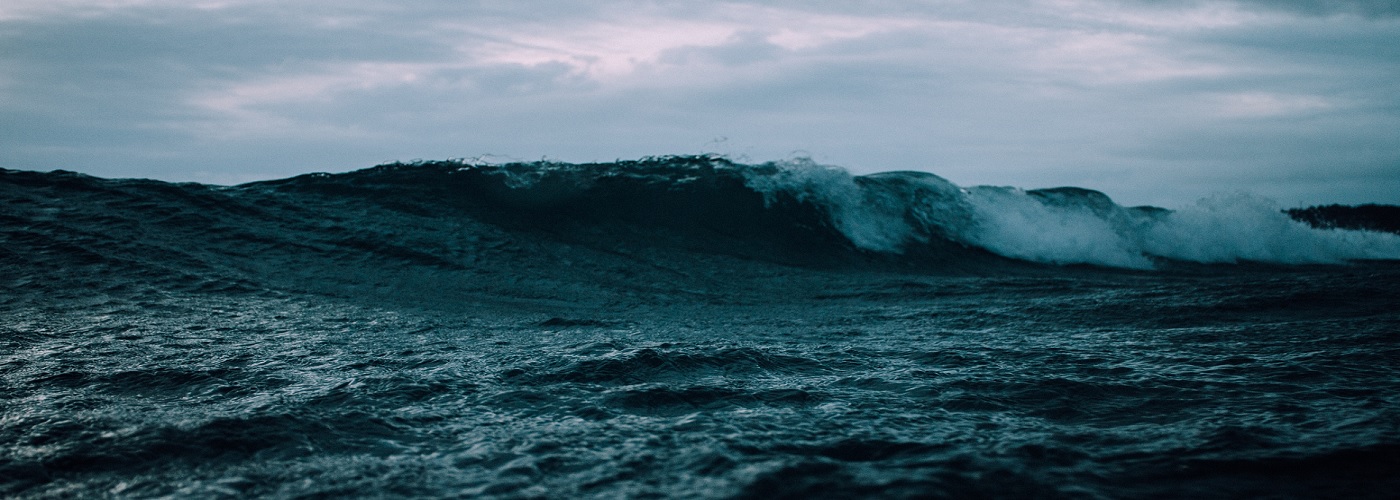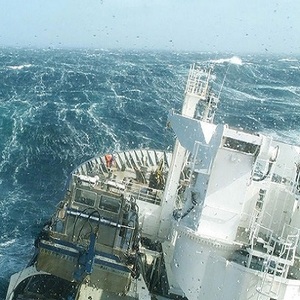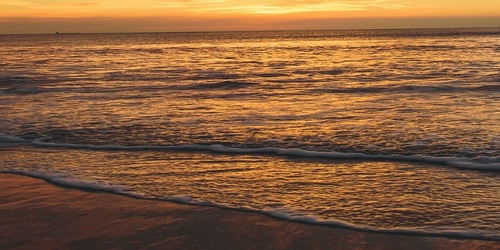

Imagine yourself on a body of water sailing along on a day with light to moderate wave action. Then, without warning, an enormous wave comes in and overtakes your vessel. Hopefully, you were able to react favorably to the freak wave and avoid capsizing. This type of scenario describes what it would feel like to experience a rogue wave. Throughout history, there have been countless stories passed down by sailors of these sudden walls of water. Only during the last few decades, has this marine lore turned into a segment of oceanography.
The accepted definition of a rogue wave is a wave that is greater than twice the size of the significant wave height at that time. Wave heights are measured by taking the distance between each wave’s trough and ridge. Significant wave height is calculated by taking measurements of all the varied wave heights in a given time and then taking only the highest third of those measurements. Then, the average of those highest wave heights results in the calculation of the significant wave height.
So, how are these anomalously high waves thought to form? Research has shown a few scenarios that produce a higher risk for their formation. The distance from two adjacent wave crests (center of the wave ridge) is known as the wavelength. If the wavelength decreases, there is more risk of adjacent waves joining each other to form a much higher wave. This has been found to occur when high wave action driven by the prevailing winds runs into a part of the world that has a strong ocean current. In general, when any ocean current is traveling in a direction opposite the prevailing wave action, the waves will steepen, as their energy is compressed. This type of situation stirs up more turbulence in the water, resulting in turbulent eddies as well. This can result in even more chaotic wave action.
Next time, we will look into where some of the largest rogue waves have been measured in history!





